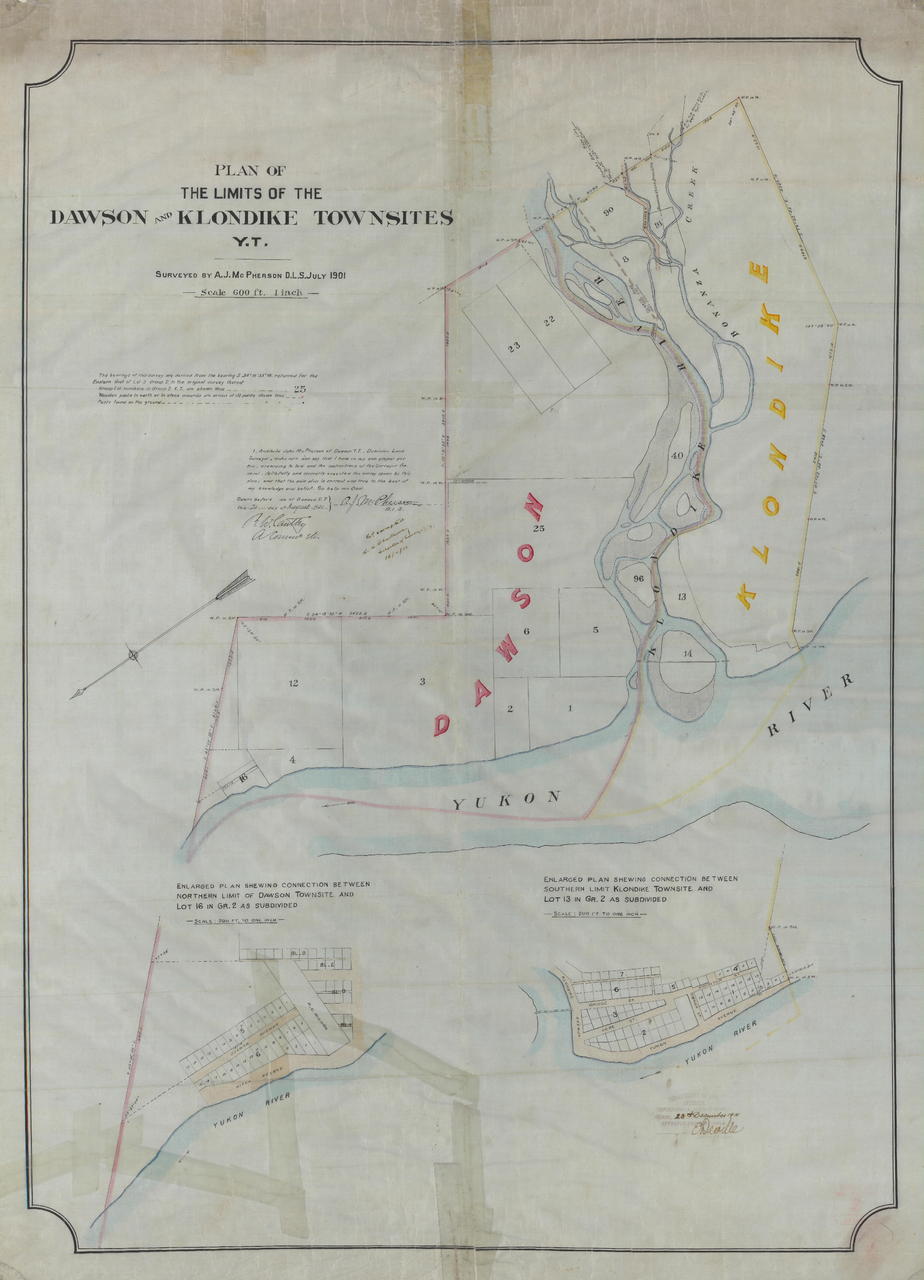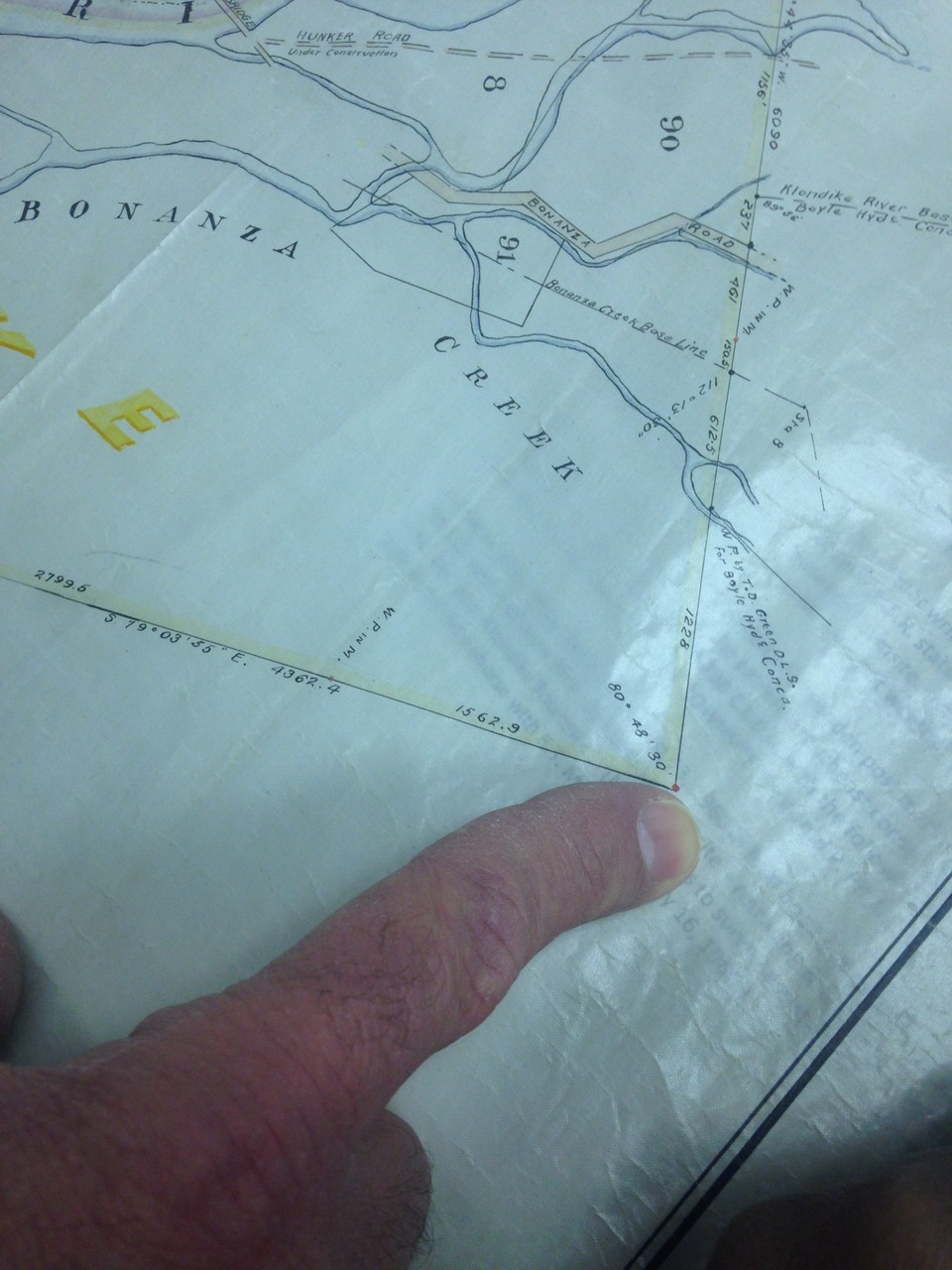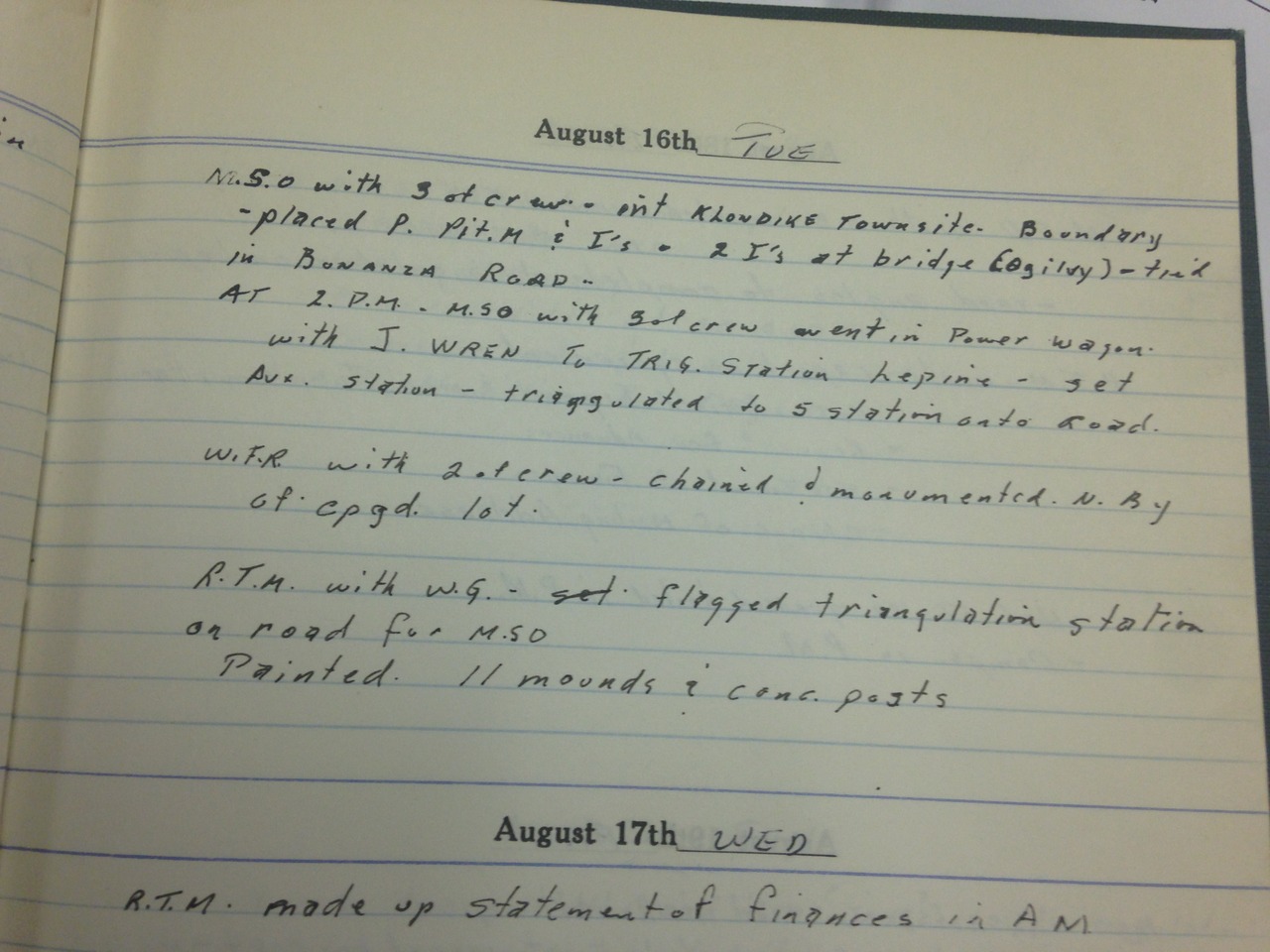A. J. McPherson
The Surveyor
Archibald John (A.J.) McPherson was first an Ontario Land Surveyor prior to becoming a Dominion Land Surveyor. Later, He will become a Saskatchewan Land Surveyor and one of the founding fathers of the Saskatchewan Land Surveyors Association. His career went from surveying to becoming the City Commissioner of the City of Regina between 1911 and 1912. He then moved on to the Highway Commission of the Province of Saskatchewan in 1913 where he served as the Chairman and finally as member of the Local Government Board of the Province of Saskatchewan in 1914 (Member Biography).
McPherson explored the Klondike Townsite in his capacity as a Dominion Land Surveyor (DLS). Those with the title DLS were qualified land surveyors from any of the provinces of the Dominion. Their primary role was to ensure the physical subdivision of the land as well as collect data that will serve as a "valuable source of information for landcover reconstruction" (A GIS-based methodology for landcover reconstruction utilizing Dominion Land Survey Township Diagrams).
Full Map Features
The Map is colourful, well-preserved and very detailed. The top left portion of the map provides us with the title which is representative of the limits of the Dawson and Klondike Townsites. Below the title, McPherson is designated as the person who surveyed the map and a date when it was done is provided. The overall map scale follows.
Colours are used to delineate both townsites: the Klondike Townsite is in yellow whereas the Dawson Townsite is in red. The waterways, creeks, divisions and subdivisions are depicted. A first statement on the left provides us with information concerning the bearings of the survey and where they derived from as well as the markers on the map that show the monuments (wooden posts or stone mounds) erected by McPherson and his team (red dots) and those already found on site (black dots).
The second statement is concerned with the oath McPherson dated and signed, certifying the veracity of the map and bearings. There is an arrow on the left indicating the North. At the bottom of the map, a third statement indicating the enlarged plan showing a connection between the Southern limit of the Townsites and a specific lot number as well as the scale corresponding to the drawing below the statement.
Finally, there is an approved stamp in the bottom right corner from the Surveyor General, which is dated and signed.
The use of colours, clear lines and the various statements help in reading the map with ease and know exactly what McPherson and his team were able to accomplish and build on.
Coordinates
At Natural Resources Canada, we were able to be provided with the exact location of the Wooden Post Marker. This is amazing as the coordinate helps us find this location using GPS after the conversion of the coordinates. It is important to note that the Klondike Townsite no longer exists and that the site has long been incorporated in Dawson City.
As previously mentioned, early coordinates were derived from previous bearings as the surveyed land was enormous and technology such as GPS was non-existent.
Prior to the arrival of McPherson and his crew, Olgivie had been in a Yukon for sometime in an attempt to survey the international boundary and safeguard this Canadian territory (William Ogilvie).
Field Book
Early surveyors recorded their findings and measurements in Field Books. Such books often included drawings and descriptions of land boundaries and features, descriptions of trails, soil types, water quality, vegetation and Indian Reserve boundaries as well as general information about waterways, reports on the suitability of land and of course, insightful unique excerpts written by the surveyors perhaps for entertainment purposes (Elements of a Field Book).
In this page, McPherson provides us with details in a typical day for him and his team. He mentions Bonanza Creek and other landmarks which leads us to believe that this is the day when he had the wooden post erected.
Sources: Member Biography, A GIS-based methodology for landcover reconstruction utilizing Dominion Land Survey Township Diagrams, Elements of a Field Book, William Ogilvie


